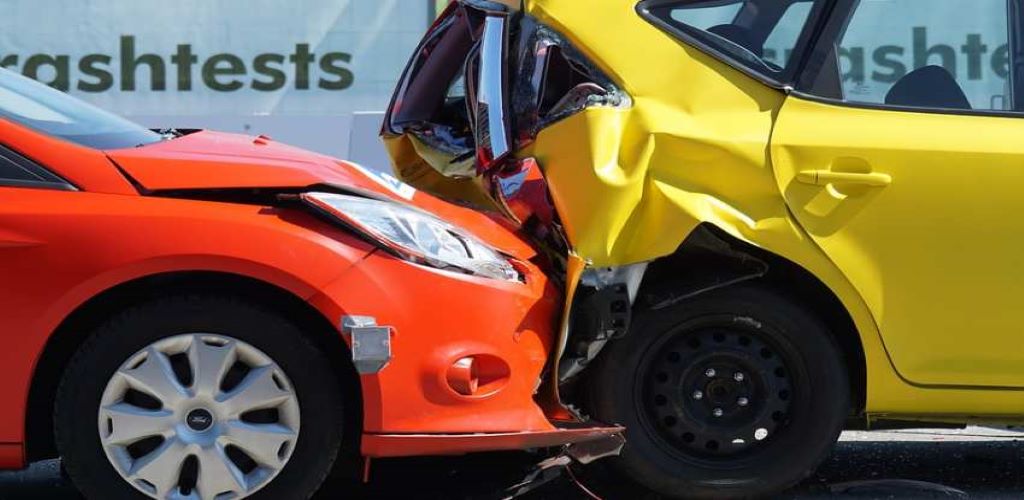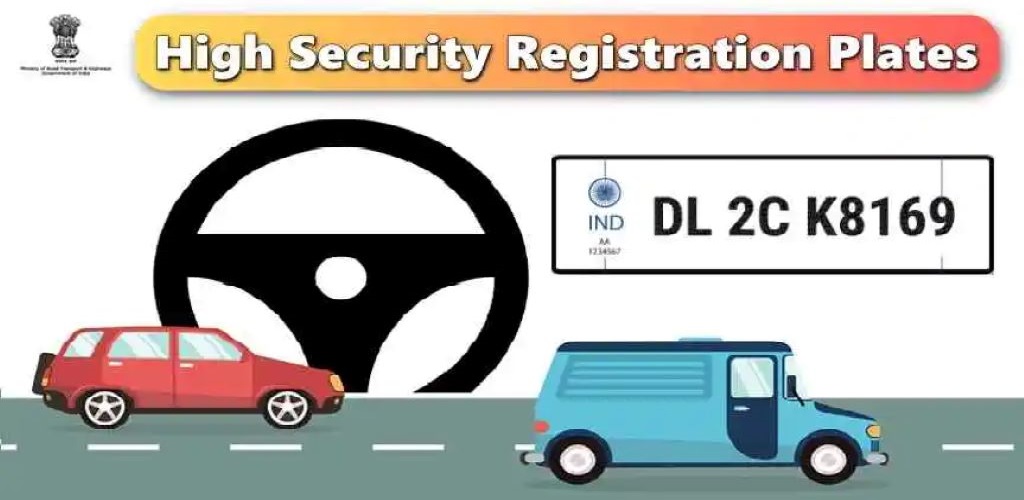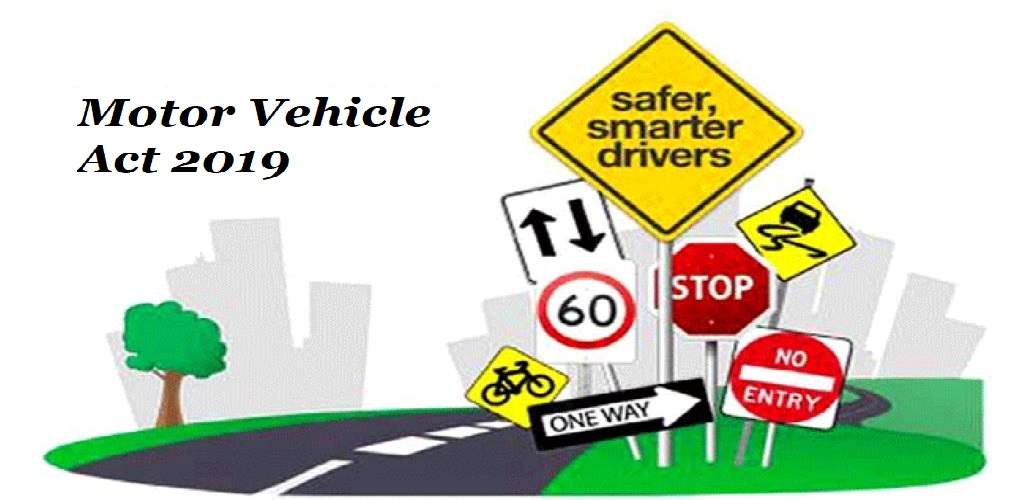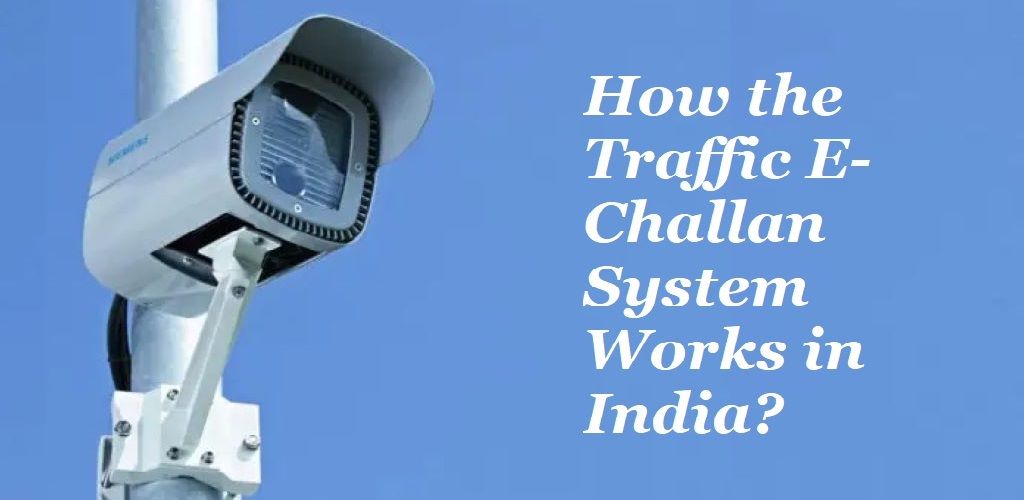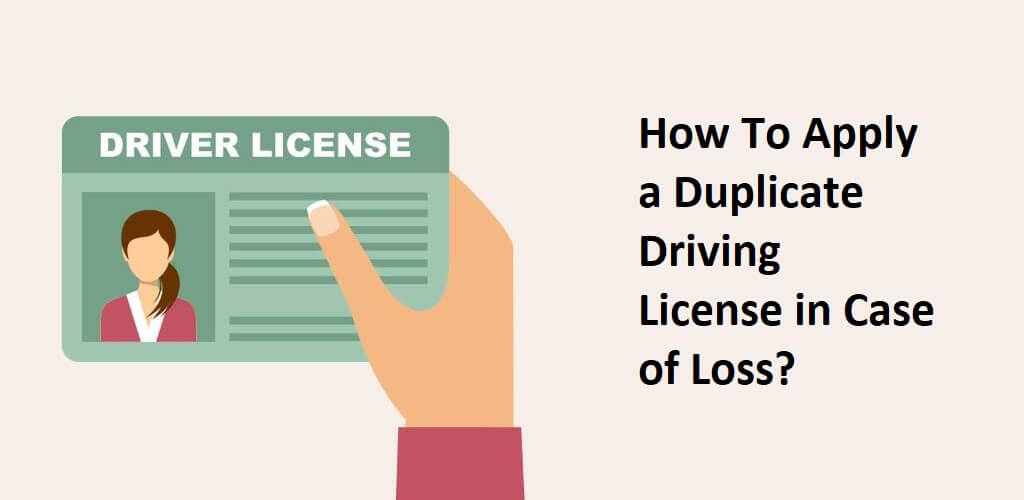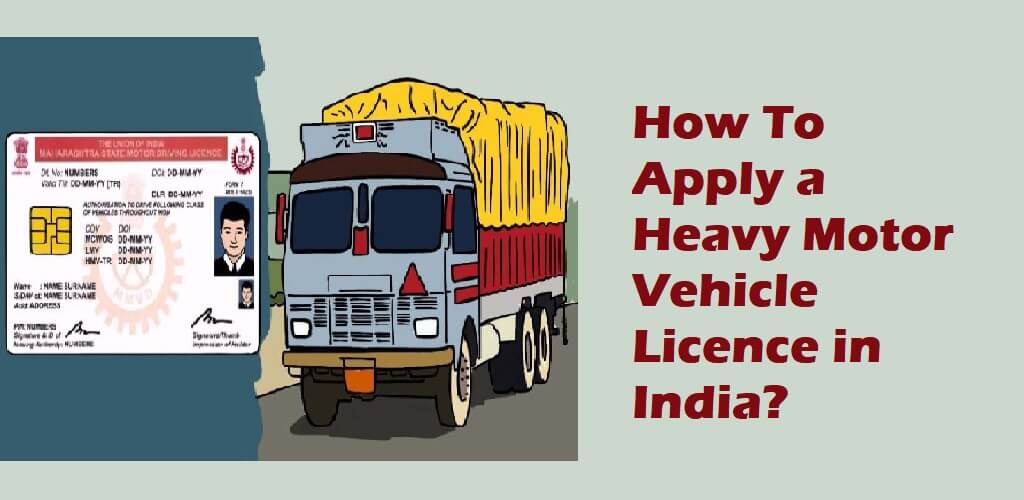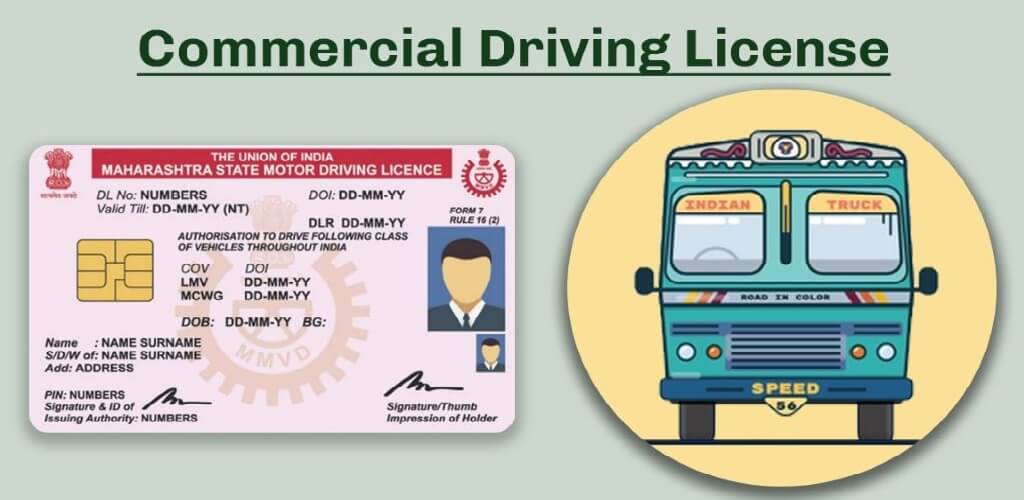In today’s fast-paced landscape, every 4-wheeler needs to have comprehensive car insurance to protect their car in the case of an unfortunate accident, theft, or vandalism. However, even though the 4-wheeler insurance plan includes coverage for material damage and bodily injury liability, further precautions might be needed to guarantee total safety.
The owner’s vehicle’s registration certificate, or RC as it is more often called, acts as a form of identity. It is a crucial piece of legal paperwork. However, there are some circumstances when it might be used against you, like if you happen to sell your damaged car. In these situations, canceling the vehicle’s RC is essential.
The Certificate of Registration (RC) must be revoked under Section 55 of the Motor Vehicle Act of 1988 for any wrecked vehicle that has been declared a Total Loss (TL). The owner must notify the registering authorities of the total loss of the vehicle for this reason within 14 days. The registration will thereafter be canceled by the registering authorities.
What is the Total Loss of the Car?
When the cost of repairing a car exceeds 75% of its insured value, which is also known as its insured declared value, the car is said to be a total loss for insurance purposes (IDV).
The maximum amount that the insured can recover for the loss or damage is known as the car’s insured stated value or IDV. Therefore, a total loss in the context of auto insurance occurs when the insurer is compelled to contribute more than three-fourths of the total IDV toward the repair of the vehicle.
What is RC?
The formal record proving that the owner’s car has been registered with the Indian government is called an RC, or registration certificate. This is available from the local RTO as well as the car dealer.
The RC specifies its specific information as well as the permitted usage of the vehicle within a specified geographical area, and it is typically valid for 15 years from the date of issue. It also includes further details about the car, such as the engine and chassis numbers, the cubic capacity, the car’s category, the gasoline type, and the area within which the case is legal to use. Additionally, whether the car owner acquires or renews car insurance coverage offline or online, the RC is necessary.
Why Is Cancelling RC of a Completely Damaged Car Important?
Most car owners end up selling their vehicles for scrap when they are beyond repair and would cost more than 75% of their IDV. Few people can afford to pay for repairs out of pocket because they might be very expensive.
In these situations, the car is typically sold to scrap merchants who may sell the car’s components to garages or the whole thing to a recycling facility. However, the junk sellers could occasionally abuse the car as well. It’s fairly usual to match the engine and chassis number of a damaged car to a stolen car. This may give the new owner possession of the RC.
India has a sizable market for stolen cars that preys on owners of damaged vehicles. The owner runs the danger of losing their RC to someone who might steal their identity if they neglect to have it transferred. They might go into legal difficulties as a result of this. Furthermore, it supports the industry of stolen cars.
However, these dishonest persons won’t be able to abuse the documentation of the scrapped car if the RC has been cancelled.
What is the Process of RC Cancellation Online?
The RC’s cancellation signifies that the vehicle is no longer roadworthy and cannot be registered in anyone’s name. The process to cancel the RC is just three easy steps. It goes like this:
Step 1: Within 14 days, notify the State Regional Transport Office (RTO) of the total loss state of the car. They could also let the insurance company know about the situation.
Step 2: Hold off on cancelling the RC until the police department gives the RTO the go-ahead. After that is completed, the RTO will issue the certificate of non-utilization, which will be issued in 4 to 5 weeks.
Step 3: The RTO will require payment of a charge (as set forth by the state government) in order to finalize this cancellation.
What are the Documents That May Require to Cancel the RC of the Car?
It is the duty of the vehicle owner to submit the following paperwork in order to revoke the RC for the damaged vehicle:
- RC of the junked vehicle
- Evidence that the car has been scrapped, such as the chassis number being removed.
- A declaration in an affidavit that the owner’s vehicle is being destroyed.
- A comprehensive auto insurance policy.
Things to Remember While Cancelling the Vehicle Registration
To expedite the procedure and prevent needless delays, take notice of the following crucial details:
- The owner has 14 days after scrapping their car to notify the RTO of the event.
- They must notify the registering authority in the state where they currently reside if they have relocated from the state where they first registered the vehicle. They will independently get in touch with the RTO from the original state.
- After the RC is cancelled and the non-utilization certificate is given, you are not permitted to drive your automobile yourself or provide it to another person to drive. The car is currently regarded as scrap.
- The RC cancellation charge varies from state to state and is not a set amount. To be sure, it might be a good idea to research the actual expenses in your state of residence.
- There is no fee for failing to cancel the RC. The owner must comply with it nonetheless because it is required by law in order to avoid future legal snares. To safeguard their identity and avoid becoming a target of fraud, nullifying the RC is also essential.
- In order to cancel the RC, they must have active comprehensive or third-party auto insurance coverage.
